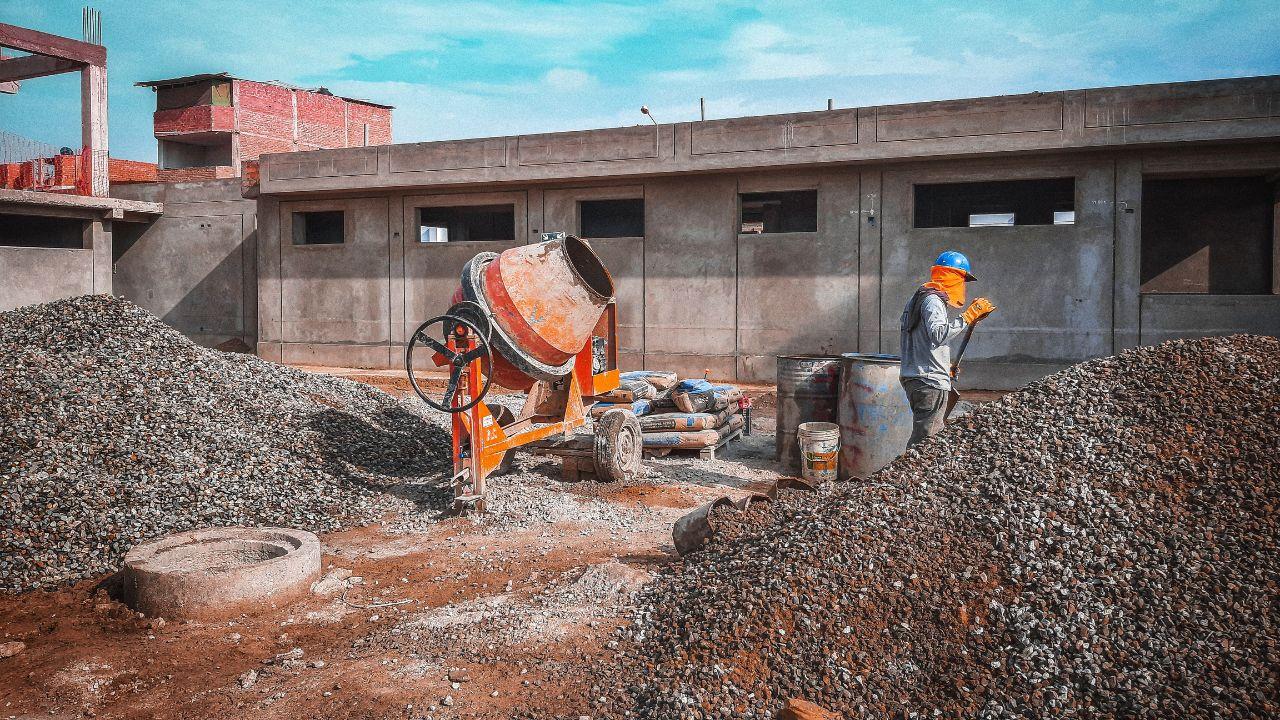Cold weather can cause serious damage to your home's concrete surfaces.
Homeowners in Brooklyn, NY, often overlook how winter conditions can impact concrete, leading to cracking, spalling, and surface wear.
The problem is clear: concrete isn’t immune to freezing temperatures. When water enters the surface and freezes, it expands. This can cause damage that worsens with each freeze-thaw cycle.
But there's a simple solution: with the right winter care plan, you can protect your concrete surfaces, extend their lifespan, and avoid costly repairs. In this guide, we’ll walk you through practical, expert-approved winter care tips to protect your driveway, sidewalks, patios, and more.
Understanding the Impact of Cold Weather on Concrete
Effects of Freezing and Thawing Cycles
Concrete is naturally porous. In winter, water can seep into the surface, freeze, and expand. As this happens repeatedly, it weakens the structure and leads to scaling, cracks, and long-term damage.
Common Issues: Cracking and Spalling
Cracks allow water and deicing salts to penetrate deeper, accelerating deterioration. Spalling—flaking or chipping on the surface—is another common issue caused by the expansion of trapped moisture.
Long-Term Damage Prevention
Proactive care, like sealing surfaces and repairing early signs of damage, can prevent these problems from becoming worse. Early action is more cost-effective than major repair work later on.
Preparing Your Concrete Surfaces Before Winter
Inspect and Repair Existing Damage
Start by checking all concrete areas around your home. Look for visible cracks, chips, or uneven surfaces. Small cracks should be filled before winter sets in. For more serious issues, consider working with professionals experienced in cement and concrete work in Brooklyn.
Clean and Seal Concrete Surfaces
Cleaning removes built-up dirt, moss, and salt—things that can trap moisture and weaken the surface. Once cleaned, apply a concrete sealer to create a moisture-resistant barrier.
Install Effective Drainage Solutions
Ensure water drains away from your concrete areas. Standing water is one of the primary causes of winter damage. Sloped grading, French drains, or proper gutter downspout placement can make a big difference.
Tips for Daily Maintenance During Winter
Safe Snow and Ice Removal Methods
Use a plastic shovel to clear snow without scratching or chipping the concrete. Shovel early and often to prevent ice buildup. Avoid using snow blowers with metal blades on exposed concrete edges.
Deicing Agents: What to Use and Avoid
Avoid rock salt or sodium chloride, which can deteriorate concrete quickly. Instead, use calcium magnesium acetate or sand for traction—both are gentler on your surfaces and safer for pets and plants.
Importance of Regular Inspections
Check your concrete surfaces frequently throughout winter, especially after snowstorms. Early detection of new cracks or surface damage can help you take fast, preventative action.
Post-Winter Care and Maintenance
Assessing and Repairing Winter Damage
After the last snow, inspect for cracks, discoloration, or surface wear. Address issues immediately. Resealing may also be necessary if the sealant wore off during the winter.
When to Consider Professional Evaluations
If you notice sinking slabs, large cracks, or surface crumbling, contact professionals who handle cement and concrete work in Brooklyn. A trained eye can spot structural issues and recommend proper fixes.
Plan Ahead for Next Winter
Spring is a great time to prepare for the next winter. Schedule sealing or repairs during warmer months to ensure your concrete is ready for cold weather when it returns.
Special Considerations for Different Types of Concrete Installations
Driveways and Sidewalks
These high-traffic areas are most at risk from vehicle pressure and deicing salts. Prioritize early snow removal and use protective sealants to minimize surface damage.
Patios and Pool Decks
Often overlooked in winter, patios and pool decks are still vulnerable. Cover them when possible and avoid allowing snow to pile up for extended periods.
Concrete Steps and Entryways
Icy steps can be dangerous. Use anti-slip coatings or traction mats and clear them daily. Sealing can also improve grip and prevent cracking.
Eco-Friendly Winter Care Options
Sustainable Deicing Alternatives
Eco-conscious homeowners can use beet juice blends, sand, or alfalfa meal for melting ice. These options reduce damage to concrete and are less harmful to landscaping and the environment.
Environmentally Friendly Sealants and Treatments
Choose low-VOC or water-based concrete sealers. These products offer strong protection with reduced environmental impact, making them a great fit for modern green homes.
Conclusion
Taking care of your concrete surfaces during Brooklyn's harsh winters is more than just a seasonal chore—it’s an investment in your property’s safety, value, and durability. By inspecting, preparing, maintaining, and planning for future conditions, you can keep your concrete in excellent condition year-round.
When needed, don’t hesitate to call trusted professionals for cement and concrete work in Brooklyn to ensure your surfaces remain safe and strong in any weather.

